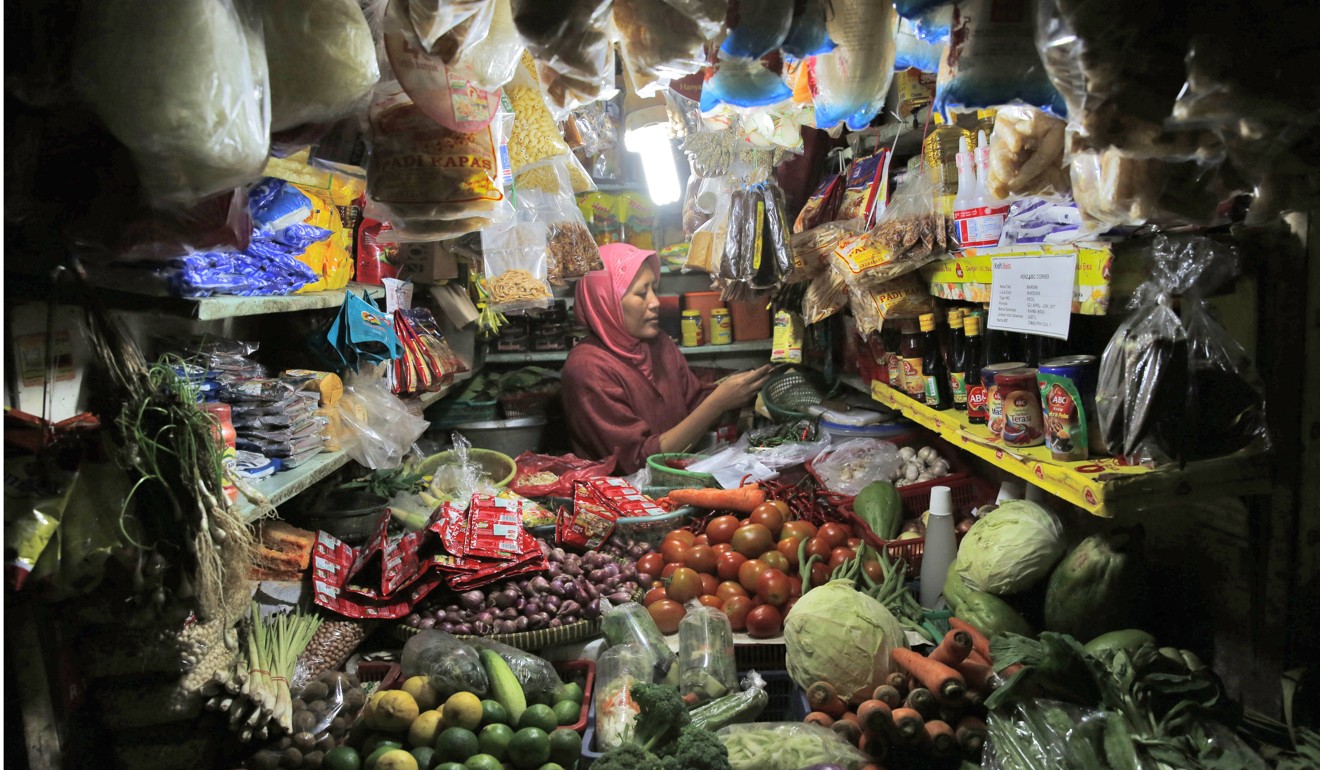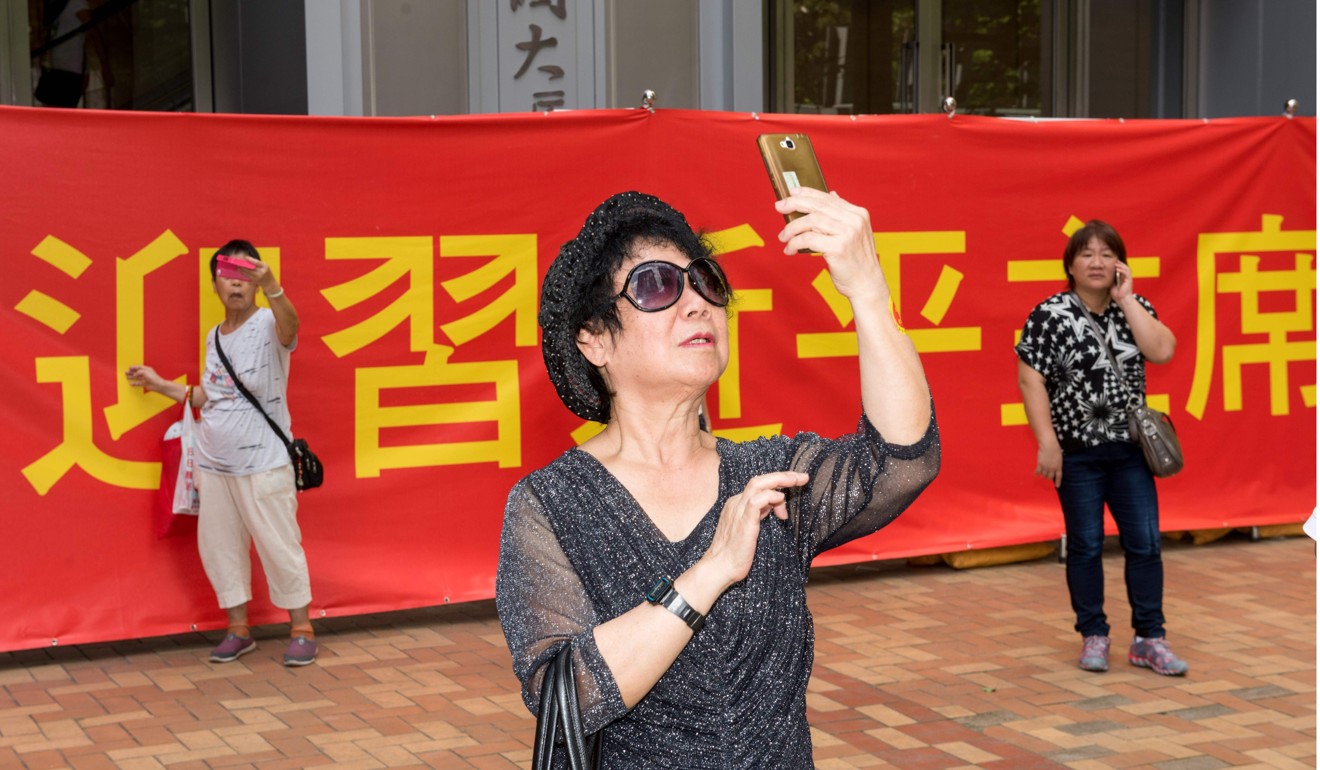
The Asian financial crisis teaches the need for bold reform, but is China listening?
William Pesek says regional economies that appear to have recovered from the crash are struggling with structural problems and stagnating incomes, as policymakers baulk at needed reforms. Beijing, now facing similar risks, should take note

It was September 1997, and I’d just exchanged US dollars in our Jakarta hotel lobby. I was taken aback, and vaguely embarrassed, by the huge stack of rupiah I received – all with colourful money wrappers. In the elevator, I ran into then US Treasury secretary Rubin and one of his top lieutenants, Timothy Geithner. I was among a handful of Washington journalists accompanying them around Asia. Rubin looked at my loot and deadpanned: “I see you found time for a drug deal.”
That was 2½ months after Bangkok’s July 2, 1997 devaluation set Asia’s reckoning in motion. The good news, 20 years on, is that the Thai, Indonesian and South Korean currencies recovered and reserves were restocked. Banking systems were strengthened and economies made more transparent. Capital accounts were loosened and market regulation tightened. Wages bounced back, too. The bad news: income gains have largely stalled in recent years. Is the real legacy of that regional crisis a regional middle-income trap?
That’s when per capita income tops out at, or below, the US$10,000 mark, as it has for Thailand (about US$6,000), Indonesia (US$4,000) and even economies that technically avoided the worst of the crisis – including Malaysia and, perhaps, the Philippines. And while South Korea is the top of the income class – and a proud escapee of the middle-income category – it’s since been ensnared in a higher-income net.

What went wrong? In the immediate years after 1997, technocrats in Thailand, Indonesia and Korea implemented the International Monetary Fund’s reform playbook to modernise financial systems. Strong US demand did the rest, enabling Bangkok, Jakarta and Seoul to export their way back to 5 per-cent-plus growth. But the return of rapid gross domestic product growth deadened the urgency to do the real heavy lifting; weaning economies off exports; building credible institutions; increasing productivity and innovation; diversifying trade links; eradicating corruption; devising better energy strategies; and separating the public and private sectors.
Blame the “Cult of GDP”, something to which Asian leaders have long been susceptible. When heady growth returns, policymakers declare victory, pop the champagne corks and shelve painful upgrades. In the two decades since 1997, Asia’s crisis victims revelled in buoyant equity markets, claimed economies had decoupled from the West and toasted the tidal wave of bankers abandoning New York and London and relocating to Hong Kong and Singapore. And besides, China’s boom would keep the good times going. The cost of leaders believing their own press was slower wage gains. Asia is learning the hard way that “boosterism” is no replacement for economic retooling.
The crash of ‘97 taught us we won’t see the next one coming

Korea beat the middle-income trap, but it’s now ensnared in a higher-income funk. Seoul’s failure to reduce the role of the family-owned conglomerates towering over all corners of the economy and catalyse a start-up boom has average incomes stuck near US$27,000.

Never before has global stability been so dependent on such an opaque, unbalanced and developing economy
And what of China? Few questions matter more than whether mainland incomes can reach US$10,000, and beyond. Never before has global stability been so dependent on such an opaque, unbalanced and developing economy. China “definitely has the potential to further catch up with the high-income countries and avoid [getting trapped]”, write Asian Development Bank economists Linda Glawe and Helmut Wagner. “However, the future performance of China’s economy depends on further reforms.” Those changes include altering a debt structure not unlike that of Thailand and other Asian governments, circa 1997.
How will Asia fare in the next market adjustment?

East Asia needs a geopolitical miracle to protect its economic one
Beijing, in other words, must do better than the class of 1997 in learning from past mistakes and preparing for future prosperity. Economic reform, remember, has something in common with the elevator in which I bumped into Rubin 20 years ago: it has the power to lift populations to new heights or leave them on the ground floor. Asia must work harder to ensure incomes regain an upward trajectory.
William Pesek is a Tokyo-based journalist and the author of Japanization: What the World Can Learn from Japan’s Lost Decades. Twitter: @williampesek

